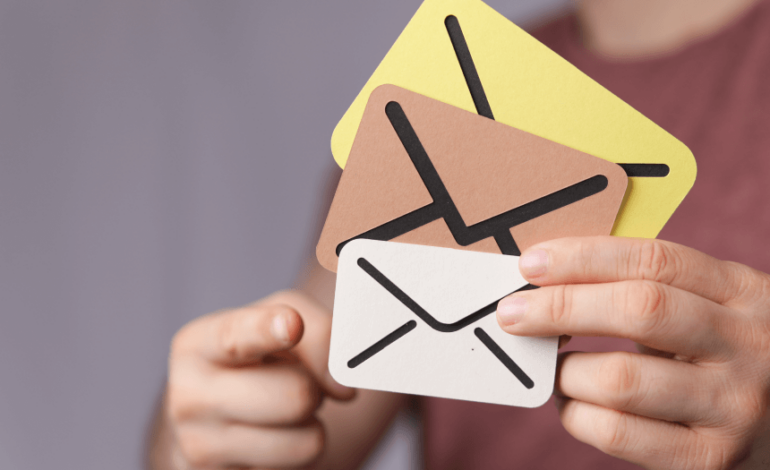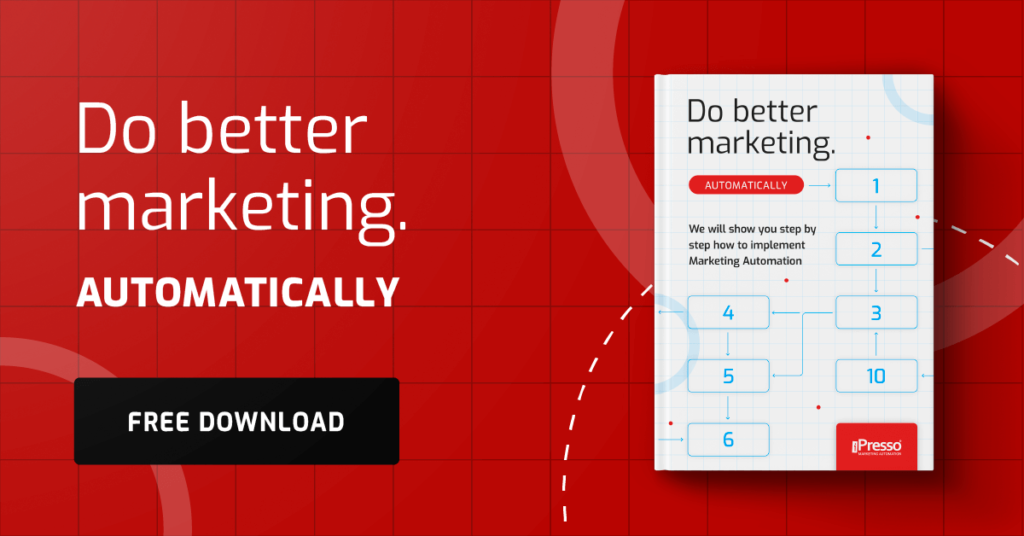How do you send 10,000 emails, each of which will be unique? It’s easier than you think with this one feature

How do you reach a wide audience with communication that sounds like it was written specifically for each of them? The answer lies in the intelligent combination of automation and personalization – two forces that seemingly stand in opposition to each other.
From mass marketing to hyperpersonalization
Today’s customer is discerning, accustomed to personalized experiences and instantly recognizes generic communications. For you as a marketer, this means one thing: the need to create hundreds, if not thousands, of different versions of messages, tailored to specific audience segments. This is where the problem comes in. The traditional approach to personalization would require enormous human resources and time. Fortunately, Marketing Automation platforms such as iPresso offer an ideal solution.
“Tailor-made” automation
The key to success is not to choose between automation and personalization, but to combine them thoughtfully. Automation then becomes a tool that enables personalization on an unprecedented scale. The foundation of effective personalization is advanced segmentation. iPresso allows you to create segments based on demographic and behavioral data, purchase and interaction history, as well as individual preferences. The more precise the segmentation, the more personalized your automated communications can be.
Dynamic content – the heart of personalization
Dynamic content is a technology that allows you to automatically tailor pieces of communication to a specific recipient. Instead of creating hundreds of different versions of an email, you can prepare a single template with blocks of content that automatically match the recipient’s profile. For example, the same email can show different products depending on their purchase history.
The possibilities for using dynamic content are almost endless:
- E-mail marketing: the most classic application. Personalized product recommendations, abandoned cart reminders with a list of specific products, dynamic banner ads with the most viewed products.
- WWW: Changing the content of banners, product recommendations and even entire sections of the site depending on the user’s browsing history. An online store can show different products on the homepage to a new user, and others to a regular customer.
- Push notifications and SMS notifications: Short, dynamic notifications based on a user’s recent interactions, e.g., “We noticed you’re interested in athletic shoes – check out our new collection!”
Key examples of personalization
- Responses to specific behaviors – examples include: an abandoned shopping cart, viewing a specific product category, or downloading an e-book. Each of these actions can trigger a predefined, personalized sequence of communications, ensuring that the right content is delivered at the optimal moment.
- Real-time marketing – enables dynamic adjustment of communication strategies. The platform continuously analyzes various factors (for example, weather) and sends messages to specific segments.
From data to empathy: how to create personae that really work
When you look at data, you see numbers, behaviors and transactions. It’s great that you know what customers are doing, buying, browsing. But to really reach them, you need to go a step further and understand why they do it. What drives them? What problems do they have, what do they dream about? This is what personae are created for. These are such “portraits” of ideal customers, but not just based on dry data. You can give them a name, tell their story, describe their goals and pains. That way, when you create ads or messages, you don’t just focus on what to sell. You think about how to help Martha, who is looking for quick and healthy lunches after work, or Tom, who dreams of a new hobby but lacks time. By understanding these “human” aspects, messages are not just “hit product ads.” They talk to the customer on a deeper level, responding to their real needs and emotions. This builds trust and makes customers more likely to return.
The traps of hyperpersonalization: when “tailor-made” becomes “Creepy”
In the quest for perfect personalization, it can be easy to cross an invisible line, making tailored messages uncomfortable for the customer. This hyper-personalization, while technically advanced, can cause discomfort and even undermine trust in the brand.
The key lies in the customer’s perception and sense of privacy: if the message suggests that the brand knows too much about them, in a way that goes beyond their expectations, there’s a problem. That’s why it’s important to avoid direct reference to very detailed, fresh or intimate behavioral data, such as “Do you have skin problems? In your recent purchases that were delivered on Thursday, July 17, we noticed that an acne cream for teens and a face cleansing gel appeared. Take advantage of our special offer for 15-18 year olds.” or “Looking for insomnia medication? Instead of scrolling the Internet at 3 a.m. and abandoning your shopping cart for more than £200, you’d better complete the transaction and sleep soundly.” Such messages, are too intrusive and can make the customer feel watched and even manipulated.
Instead of flaunting the details you have, go for subtlety and value. Use your knowledge of customer behavior and preferences to offer something useful without revealing where you got the information. For example, you might say, “Products that may interest you: Check out our cosmetics collection for teens,” instead of focusing on his browsing history. Personalization should be an invisible support that makes the offer seem more relevant and useful, not overt evidence of exactly how the customer is being tracked. Remember that even the most advanced algorithms are no substitute for common sense and empathy when communicating with another human being.
Summary
Marketing Automation platforms, such as iPresso, allow you to create massive campaigns that simultaneously sound like they were written specifically for each audience. The key to your success is the thoughtful use of technology – from advanced segmentation, to dynamic content, to launching campaigns based on specific factors. All of this, combined with regular testing and optimization, allows you to achieve a high level of personalization.
Modern marketing does not require a choice between efficiency and personalization. It requires a smart combination of both to create communications that are both scalable and deeply personalized.
Want to learn how to implement personalized automation at your company? Fill out the brief – our experts will help you create a strategy that combines the effectiveness of automation with the power of personalization. Together, we will find solutions tailored to your business needs and goals.



